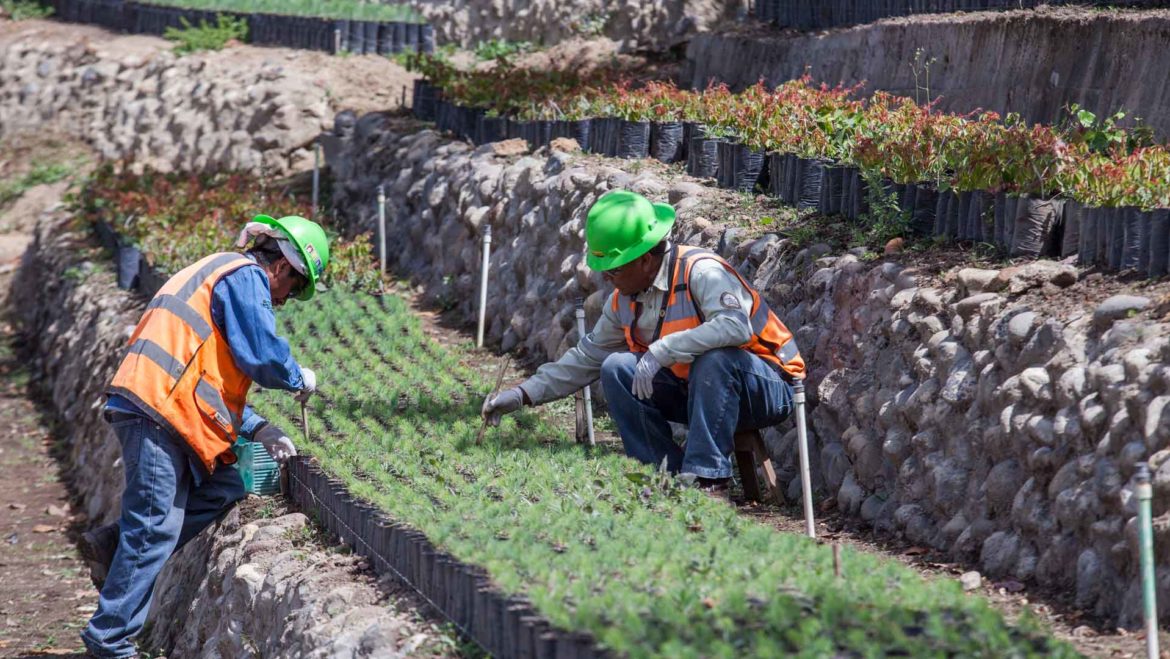
Tool: Key Messages for Social Transition
This tool offers a collection of example key messages that are appropriate for each stage of the mining life cycle leading up to the implementation of final closure. These are for both internal and external stakeholders.
The local community should be involved in the development of the closure vision and development of post closure land use. Early and continuing engagement should be part of the development of the closure plan and meaningful participation is critical to ensuring the successful transition through the closure process.
Step Guide
STEP
1
Download and print the example key messages (p88)
STEP
2
Consider each message with relevance to your company
STEP
3
Identify key external stakeholders – these will be involved in social transition planning, developing a vision, planning for economic diversification and community development plans
STEP
4
Assess the capacity and capability of people who want to be involved and training requirements eg if a local government takes ownership of planning and implementation of social transition initiatives, it will need to have the capacity to manage budgets aggregation
Example external stakeholders:
Example external stakeholders (p25):
- Community – the communities within the mine’s zone of influence
- Indigenous Peoples/First Nations/ Traditional Owners –Indigenous Peoples may have rights over the land which are separate from mining rights
- Workforce – engage and understand mine employees’ concerns and visions for the future to assist in identifying opportunities for successful employment transition. Employees also work as great ambassadors for the closure process
- Governments and regulators – involvement may range from participation in formal consultation activities to a leadership role on planning or governance bodies
- Non-regulatory bodies – Conservation authorities, boards eg education, health, economic development, energy and co-operations and associations eg tourism, agriculture, forestry, fisheries, gravel/sand/aggregate
- Industry peers – Other planned or current mineral development projects in the area, other mine operators
- International, national or local NGOs – they can provide insights and resources from large-scale development needs and opportunities to understanding relationships with local stakeholders
- Academia – Trade schools, colleges etc can provide capacity building initiatives to support local communities in preparing for opportunities throughout the social transition for mine closure
- Academic research or publications – eg economic studies, population trends, development patterns etc can assist in informing the closure planning process
- Media – Local media can be an important vehicle to share information on mine closure and promote participation in community engagement efforts
Top Tips:
Involve affected stakeholders in the closure plan development and keep the broader set of external stakeholders informed and updated on progress towards mine closure. The ultimate aim is for community members and relevant government actors to develop and own the outcomes of closure.
